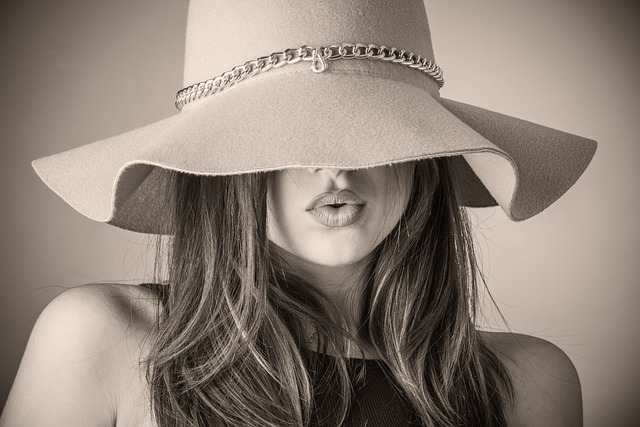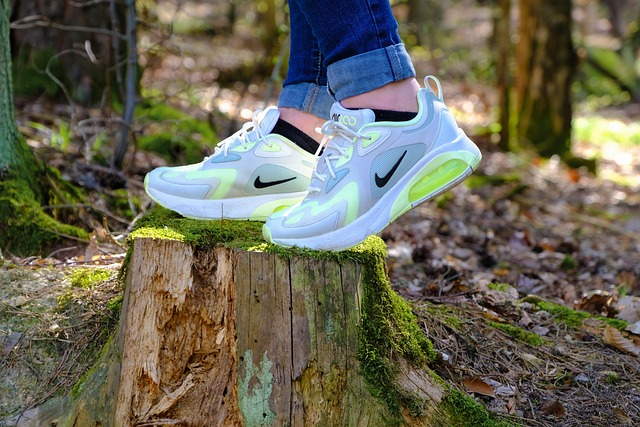Fashion has always been a mirror of society, simultaneously reflecting and shaping our world. From flapper dresses in the 1920s to oversized Y2K clothing taking over social media today, fashion trends are more than what you wear—they tell stories, establish identities, and define cultural moments. But how exactly do fashion trends begin, and who decides what’s “in” and “out”?
Whether you’re a fashion enthusiast, a retailer spotting the next big thing, or someone simply curious about the industry, this blog is your guide to exploring the fascinating lifecycle of a fashion trend and the key players behind it.

What Are Fashion Trends and Why Do They Matter?
Fashion trends are styles or designs that become popular within a specific time frame. They often act as a cultural phenomenon, rooted in social, artistic, and technological changes. These trends influence what we see in stores, runways, and even our closets.
More than just a fleeting craze, trends define the era in which they emerge. From the minimalism of the 1990s to the eco-conscious fashion movements of today, trends shape societal identities and inspire creativity in ways words cannot always describe.
Why Are Fashion Trends Important?
- Cultural Reflection: Fashion trends echo societal values, politics, and historical moments.
- Economic Movement: Trends generate billions for the global fashion industry annually.
- Personal Expression: They enable individuals to express identity, belonging, or rebellion.
But where do these trends come from? To understand their origins, we must look at history.
A Historical Perspective on Fashion Trends
Early Trendsetters
Fashion trends have existed for centuries. During the Renaissance, royalty and aristocracy were pivotal trendsetters. Monarchs like Marie Antoinette of France influenced court fashions that would trickle down to society. The wealthiest figures dictated the designs and garments that defined an era.
Designers Take the Lead
The late 19th and early 20th centuries saw the rise of fashion houses like Chanel and Dior. Established designers became arbiters of taste, creating seasonal collections that set trends globally.
Subcultures and Street Style
By the mid-20th century, trends started brewing from the streets. Movements like punk, grunge, and hip-hop introduced grassroots styles that challenged mainstream norms. Streetwear, championed by brands like Supreme and Off-White, continues to influence high fashion.
Today, fashion inspiration comes from everyone, everywhere.
Who Creates Fashion Trends?
Behind every trend, there’s an influencer—whether a fashion house, a celebrity, or even an Instagram user.
Designers and Fashion Weeks
Luxury brands like Gucci, Prada, and Balenciaga are often the first to spark trends. Their runway looks don’t just present avant-garde designs—they dictate color palettes, silhouettes, and fabrics for seasons to come. Fashion weeks in cities like Paris, Milan, and New York act as launchpads for trends that will soon trickle down into fast fashion.
Celebrities and Influencers
A red-carpet look or a celebrity endorsement can instantly catapult a style into stardom. Think of Madonna popularizing the cone bra or Harry Styles reviving sheer fabrics and gender-neutral fashion in recent years.
Social media influencers also play a major role in trendsetting. A single post from fashion-forward creators like Bella Hadid or Chiara Ferragni can send their audience scrambling to emulate their style.
Subcultures
Punk, hippies, skaters, and goths all brought distinctive styles to mainstream consciousness. These grassroots movements often birth trends that society initially rejects—until they’re inevitably embraced wholeheartedly.
The Role of Media in Fashion Trends
Modern trends are inseparable from media.
Traditional Channels
Fashion magazines like Vogue and Harper’s Bazaar were, for decades, the most influential trendsetters, with meticulously curated covers and editorials. TV shows and films also played a major role; for instance, Sex and the City is still credited with launching Manolo Blahnik shoes into popularity.
Social Media Powerhouses
Today, TikTok, Instagram, and Pinterest have decentralized the trendsetting process.
- TikTok Trends: The emergence of the #OOTD (Outfit of the Day) hashtag or the Y2K aesthetic revival shows how short videos drive mass adoption at lightning speed.
- Hashtags: Hashtags like #WinterWardrobe or #Streetwear expand fashion conversations globally, making trends accessible to all.
From viral fashion challenges to influencer haul videos, social media has undeniably democratized trend formation.
Sociocultural Factors Behind Trends
Fashion doesn’t exist in a vacuum. It reflects society’s concerns, desires, and moments of turmoil or celebration.
- Societal Shifts:
- The eco-conscious movements spurred the growth of sustainable fashion.
- Gender fluidity gave rise to unisex designs and inclusive sizing.
- Economic Factors:
- Economic downturns often push minimalist or thrift-inspired trends. Balenciaga’s $2,000 “snagged sweater” reflects society’s interplay with consumerism and irony.
- Generational Influence:
- Gen Z is reviving ’90s and early 2000s styles with fresh twists. Meanwhile, Millennials gravitate towards polished athleisure.
Fashion is both timeless and timely.
Technology’s Impact on Trend Formation
Technology fundamentally alters how trends are created, discovered, and marketed.
AI and Big Data
AI identifies customer preferences in real-time, while algorithms predict emerging trends by analyzing social data. Retailers like Zara and H&M use this data to get trending designs on shelves quickly.
Virtual Fashion
Digital fashion, from Snapchat AR clothes to outfits for Metaverse avatars, is the latest frontier in trend creation.
E-commerce and Fast Fashion
Online retailers like SHEIN and ASOS accelerate the lifecycle of trends, ensuring quick adoptions at affordable prices.
But fast fashion also raises the stakes for sustainability.
Iconic Fashion Trends Through Time
Fashion wouldn’t be what it is today without these defining trends:
- 1920s: Flapper dresses symbolize liberation after WWI.
- 1960s: Bell-bottoms and tie-dye epitomize counterculture.
- 2000s: Skinny jeans reign supreme in the low-rise era.
Modern trends like athleisure and oversized fits owe their success to cultural nostalgia and reinvention.
The Future of Fashion Trends
The future of fashion is more consumer-driven than ever, shaped by global communities, cultural integration, and sustainable innovation. Developments like eco-friendly materials, AI predictions, and viral digital campaigns will continue to mold what we wear in the decades to come.
Fashion trends are always evolving, but no matter what, they reflect the dynamic spirit of the times.
Want to Stay Ahead of the Trends?
Join our insider’s community for curated insights on what’s trending (before everyone else knows) and start defining your style.



